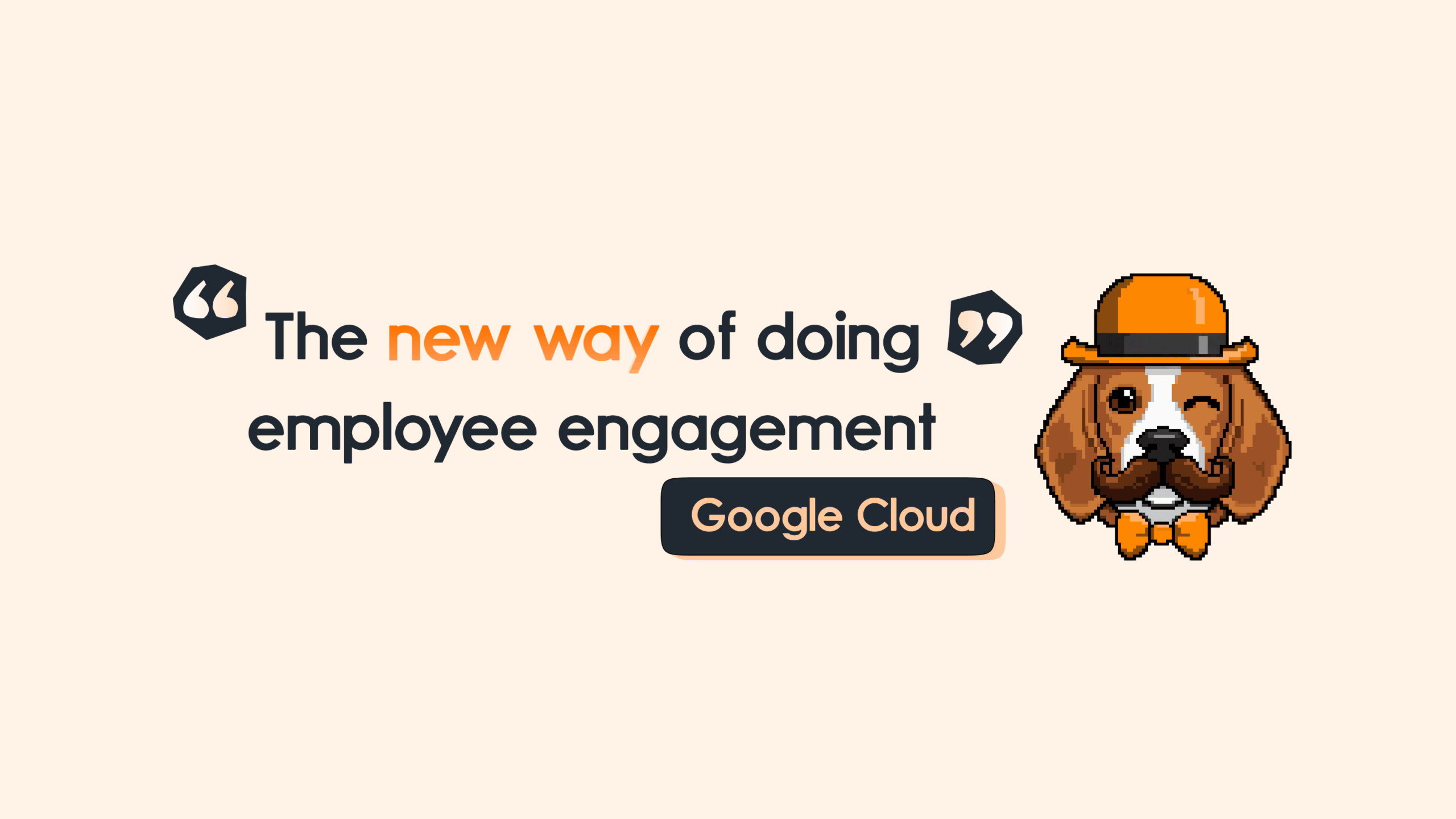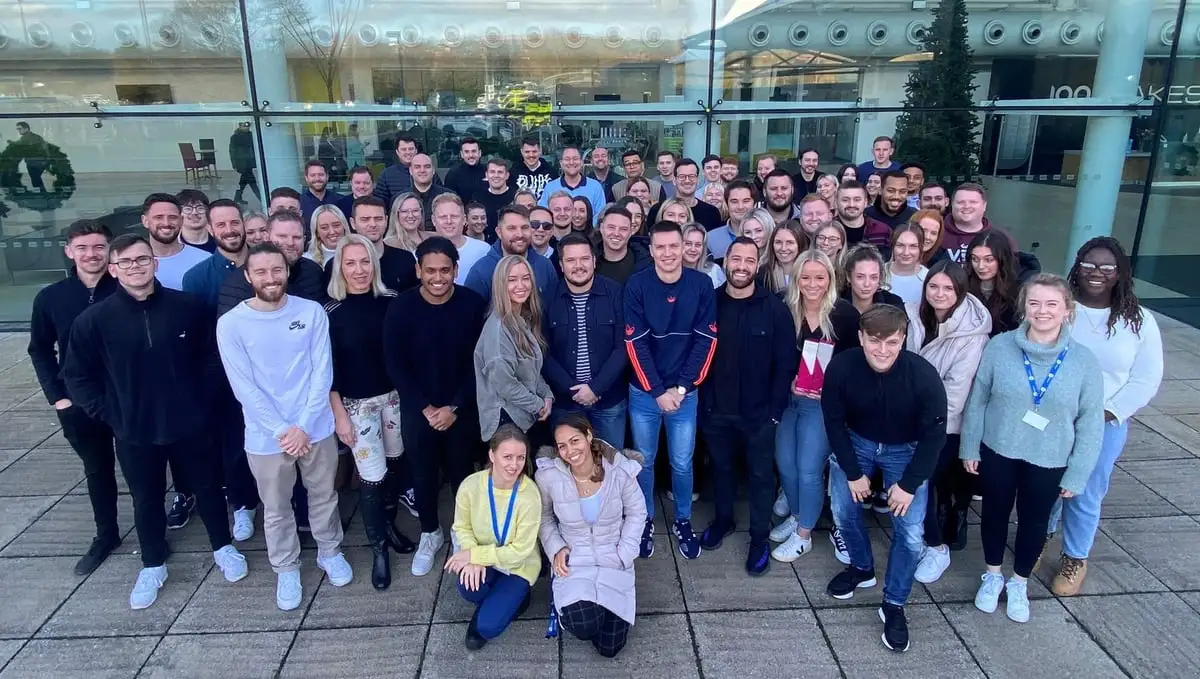Why Career Development matters
Everybody knows that an end goal in sight makes people feel more positive and more driven. But often, companies miss a few tricks when it comes to making their employees aware of the goals available to them. And humans do tend to have short-lived memories, so consistently presenting career development opportunities is important if you want to have the maximum impact long-term.
Different ways of supporting Career Development
There are multiple different ways you can support career development – to name a few:
- Leadership & Development Opportunities
- Setting Career Goals
- Alternative Paths in Career Development/Promotion
Leadership & (Career) Development Opportunities
Giving your team the chance to develop a range of interests & skills nurtures hidden talents in your employees and helps overall engagement, with 8 in 10 employees stating that learning new skills would make them more engaged at work.
Different L&D techniques include:
- Instructor-led training – specially selected courses to support particular skills/behaviours
- Self-teaching – giving your employees the resources & time to work on areas of interest
- Mentoring – matching employees up with someone senior (from within or outside the Co) who can offer advice/expertise
Setting Career Development Goals
Showing your employees the path to progression and promotion from the get-go – I’m talking from the hiring process –will kickstart their time at the business with a big dose of ambition.
But don’t stop there – having regular meetings to discuss your employees’ future is what’s going to keep the fire lit and create a real sense of purpose. You can use these meetings to:
- Ask your employees what they enjoy most about their role & how they’d like to develop this further
- Discuss strengths & weaknesses and which of each would be good areas to work more on
- Encourage your team member to think about their personal goals within the company – in terms of their passions and their role itself
- Go over possible options in terms of L&D and future progression taking the above into account
Glassdoor’s research into employee retention shows that employees who have meaningful opportunities for career progression are 5% more likely to stay at the company – meaning that laying out a clear route forwards can increase your retention – and your bottom line – by 5%.
Alternative Paths in Career Development: Promotions
Recognising opportunities for progression beyond your classic vertical promotions is great for your employee and for the company. Displaying horizontal & diagonal promotion options opens up a world of opportunities for team members to develop new skills, broaden their knowledge and add value to vacant roles in other sectors of the business.
Companies who utilise horizontal & diagonal promotion know the value of matching skillsets to a role, rather than just following the ‘natural progression’ of one role to another in the 2-D org structure. This helps them to avoid the Peter Principle.
The Peter Principle: Promotion without Progression
The Peter Principle is the theory that employees can be promoted to the point of relative incompetence.
E.g. Peter made a great Receptionist, so his boss gave him a shot in the Sales team. Peter hit the ground running, and was exceeding his targets by an impressive margin in his second year, so he was promoted again – to Sales Manager. Sadly, Peter’s leadership skills weren’t up to par, so he was never promoted again, and was left to stagnate in a role which didn’t really work for him. The company felt the loss of their top-performing Salesperson, and their sales team just didn’t have the best manager. Worst of all, Peter knew he wasn’t doing his best work and that things weren’t quite right, and he became disheartened, losing the enthusiasm he had whilst he was growing and exercising his top-tier skillset.
As you can imagine, creating or becoming a Peter is a pretty miserable experience for everybody involved, whereas picking a shining star from one department and helping them shine even brighter elsewhere will fill them with enthusiasm and benefit the whole business.
Fancy a bit more light reading? Check out our article on Growth Mindset to see how getting your work thrown in the bin could be a good life lesson.









